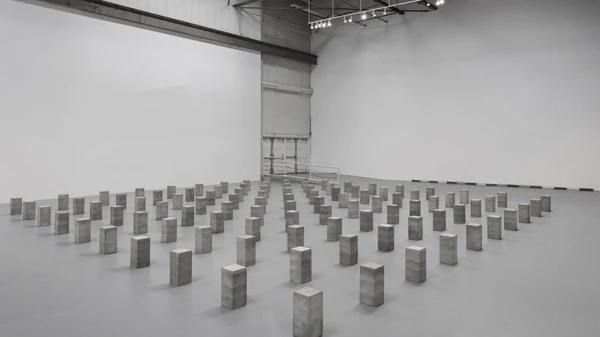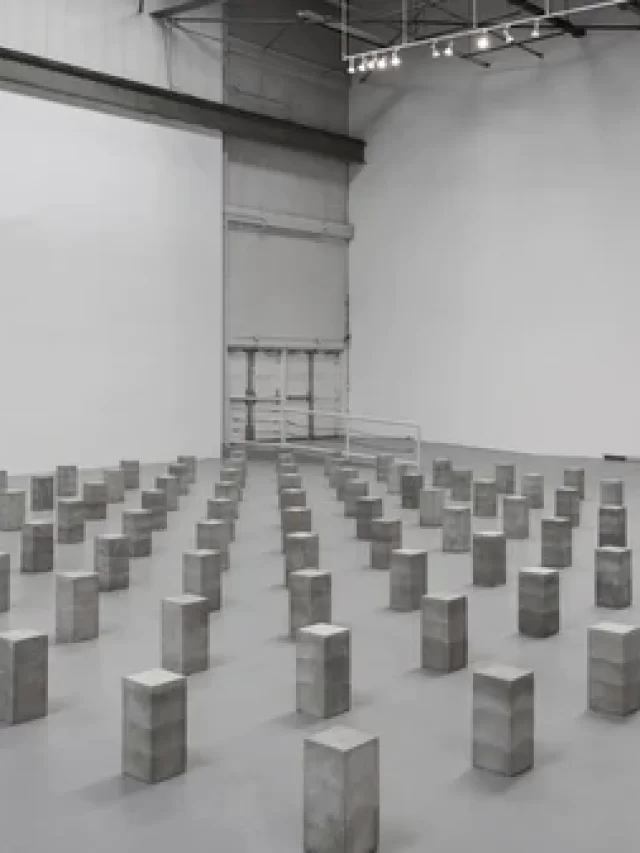They say “More is More”, but to what extent does the resurgence of multiple narratives, multiple forms, and multiple identities help progress art? At one point, we are bound to be baffled by this rampant plurality. But how does one curb it? The simple answer – minimalism. Seldom, do people confuse minimalism with postmodernism. However, unlike the latter the art movement began in the 1960s and gained prominence by the 1970s and grew out of the need to deviate from abstract expressionism.
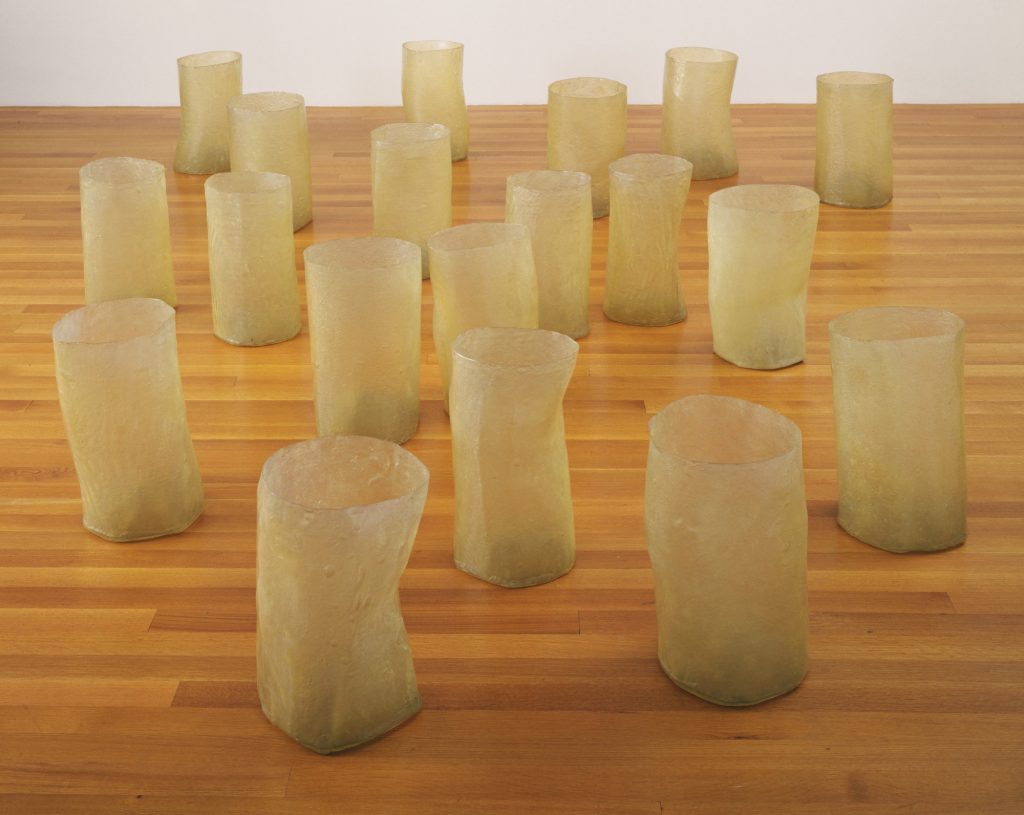
Minimalism spans an array of art forms, be it photography, sculptures, performances, tattoos, or paintings. If we see the movement solely through visual arts, minimalism is generally characterized by the absence of embellishment and a focus on the essence and identity of the subject. It may take on the shape of geometric forms and monochromatic colours (often neutral and muted).
Famous Minimalist Painting Artist
Although minimalism has been heralded as a fresh perspective, it has often been termed as “too simple.” But then again, conceptual art had also been considered too direct and too simple. Hence, the lines of what art should and shouldn’t be blurred. There have been many minimalist painting artists who have defended the movement while producing some of the most exquisite and thought-provoking art pieces. Let’s take a look at a few instances where minimalism is amalgamated with an artist’s expression and emotions.
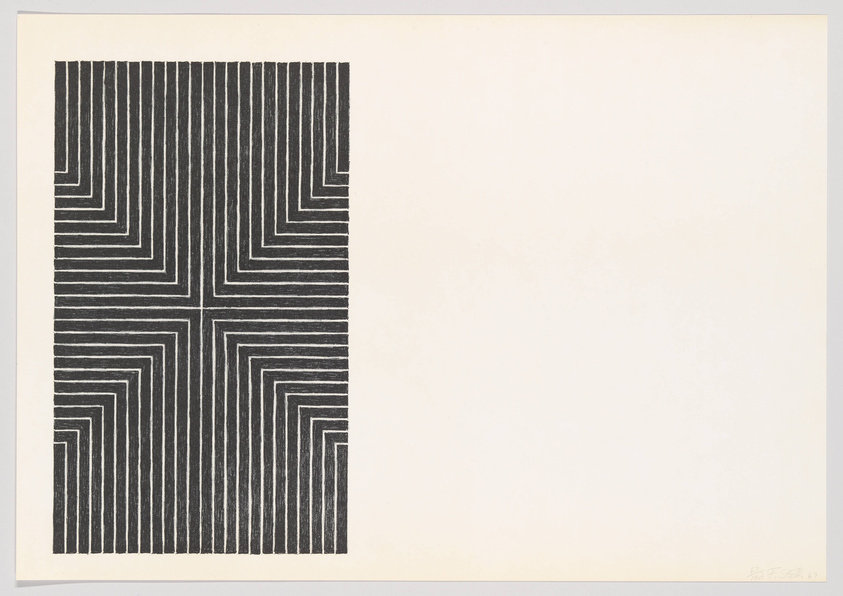
We have to start with Frank Stella’s ‘Die Fahne Hoch!’ The painting has a dual identity. One imposed by Stella in naming it ‘Rise of the Flag’ (translated) which makes an unabashed reference to Nazism. The other lies in the simple geometric form which originates from the four edges of the canvas. The only respite from the black enamel paint is the bands of unpainted white canvas. This gives his work a simple symmetrical structure. Robert Morris‘s ‘Untitled (L-Beams)’ depicts three identical L-shaped forms. However, one is lying on its side, the second is erect, and the third is resting on its two edges. Due to their positioning, the audience experiences a dimensional illusion. Since the position changed with each exhibition space, the meaning and the viewer’s experience changed with it.
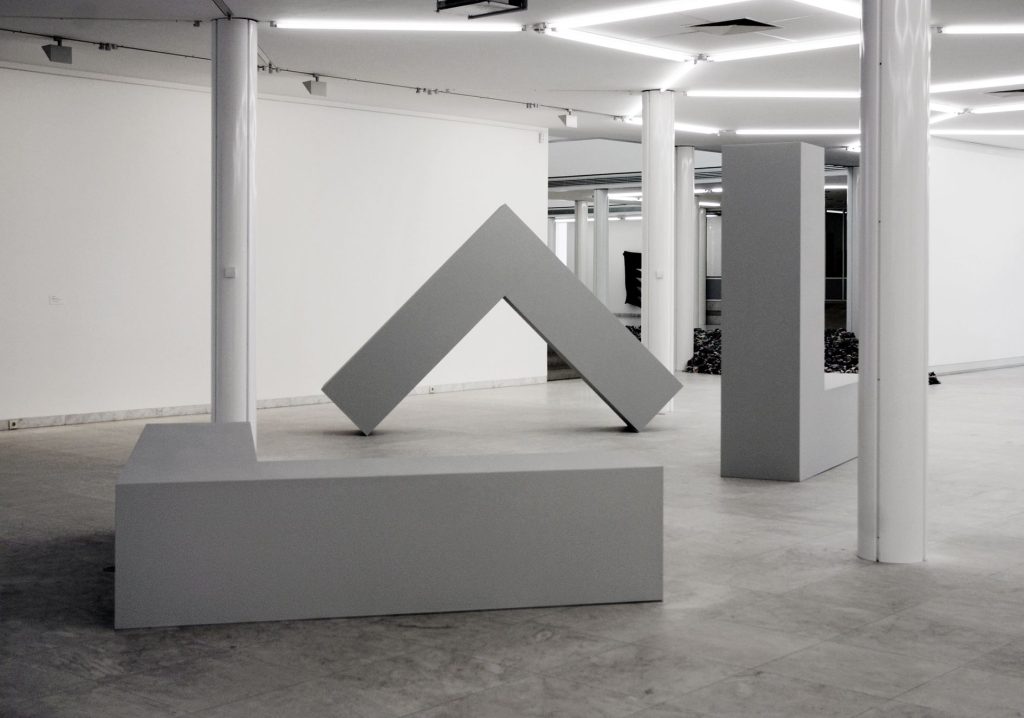
Artist Agnes Martin plays with ratio and geometry. In her 1962 work, ‘Blue Flower,’ she divided the canvas into 33 rows and 33 columns. Hence, the creation was a simple rectangle divided into 1089 elements. For trypophobes, she induced anxiety but for the minimalists, she was a pioneer. In Donald Judd’s 1968 ‘Untitled’ work, he exhibited a rectangular aluminium block painted with brown enamel. While extremely simple, Judd’s piece demands attention; perhaps due to the virtue of being an “artwork” or simply because it infringes on the audience’s safe passage across the gallery.
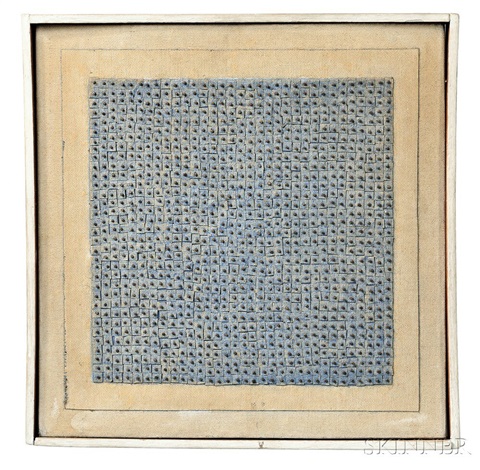
Another minimalist painting artist, Sol LeWitt replicated the minimalist agenda through his 1962 work, ‘ Wall Structure Blue.’ The artwork is reminiscent of a dart board as a small colorful square is nestled within a humongous blue square. The first impression of Ellsworth Kelly’s, 1963, ‘Black Over Blue,’ is nothing remarkable. It simply features a black panel snaking around a blue canvas. What makes this minimalist art eye-grabbing is the fact that the black panel isn’t restricted by the confines of the blue square. The use of shadows imparts a three-dimensional rigidity to the black panel.
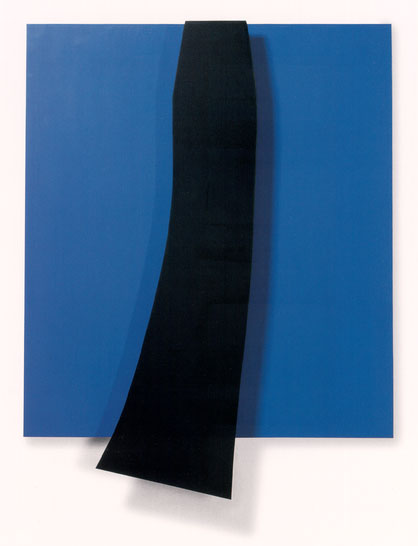
Eva Hesse’s sexually charged, quasi-spiritual artwork, ‘Repetition Nineteen III’ depicts translucent fibreglass tube-like containers which glow when light passes through them. It plays on the notions of priority and compartmentalizing. Carl Andre took minimalism to a new height when he decided to scatter tiny plastic modules onto the exhibition space. This “process”, which was later termed as ‘process art’ engendered ‘Spill (Scatter Piece).’ To him, the finished product is of little value when compared with the vigorous process used to create it.
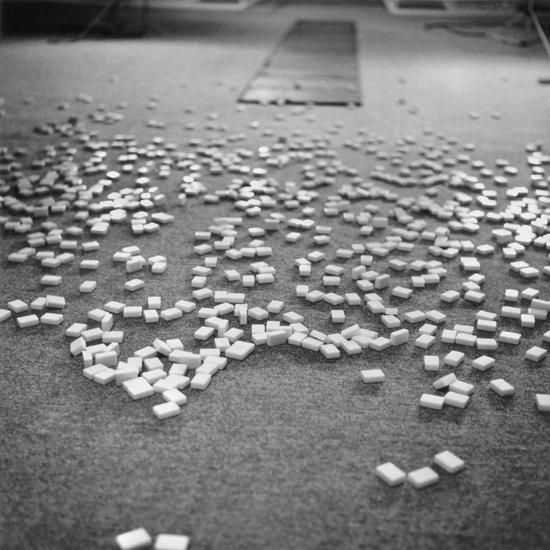
Inspired by Marcel Duchamp’s ‘Readymades,’ Dan Flavin sought out one of his own. He finally decided on the power of a standard fluorescent light tube, which he tilted diagonally and displayed in the exhibition space. He called this installation, ‘The Diagonal of May 25, 1963.’ The reason why he was moved to keep it diagonal was to make it more dynamic. Anne Truitt’s six-foot-tall installation, ‘A Wall For Apricots’ is simply three coloured blocks stacked on top of each other. However it must not be seen as a random act, but rather the play of the three colours – yellow (B), green (M), and white (T). These colours invoke harmony & order and bring out the inherent richness and warmth of the colours through a simple act of juxtaposition.
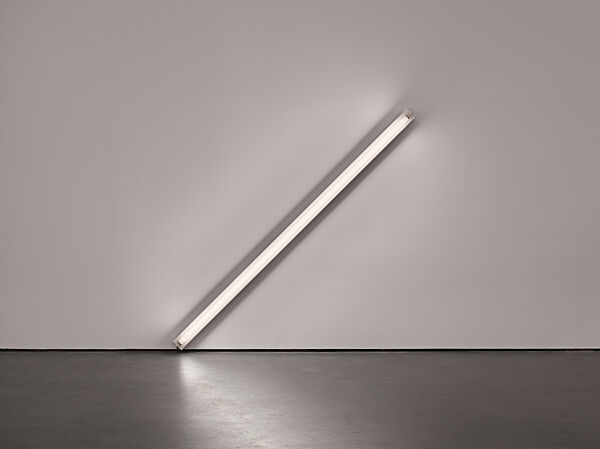
Jo Baer’s approach to minimalism is reminiscent of Frank Stella. Her 1962 work ‘Korean’ is a white canvas bordered by two bands of black and sky-blue. The intention behind the name was to propagate the fact that the world knew the same about her artwork as they did about Korean art — absolutely nothing. When the viewer moves across the gallery, the bands seem to shimmer and move adding to the optical illusion. John McCracken’s minimalist installation, ‘Blue Plank’ boasted a lustrous plywood, on which layers of fibreglass, resin, and pigment were added. The finished product was a pseudo-mirror which reflected the reality of the viewer and the space that they occupy.
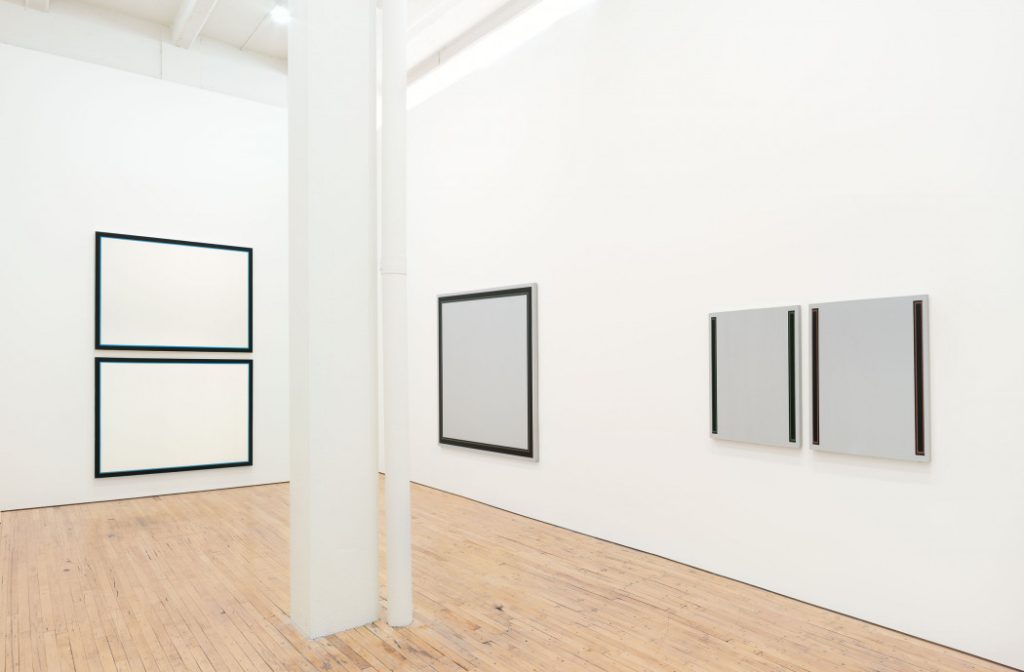
Larry Bell’s 1985 ‘Untitled’ work depicts a transparent glass cube. When the viewer moves around the cube, they experience a different reality, owing to the change in reflected light from its many sides. The industrial installation was set atop Plexiglass due to which it appears to be floating. Robert Mangold’s 1965, ‘Pink Area’ critiques urban landscapes. The canvas mirrors the colour of the smoky urban sunset onto a square canvas. However, the symmetry is abruptly distorted due to a square notch cut out, exposing the plywood behind the painting. ‘Black Box’ by Tony Smith, is a humongous steel filing cabinet painted black. The choice of colours dispels the minute identities (joints, screws, etc) to engender a powerful spatial statement piece.
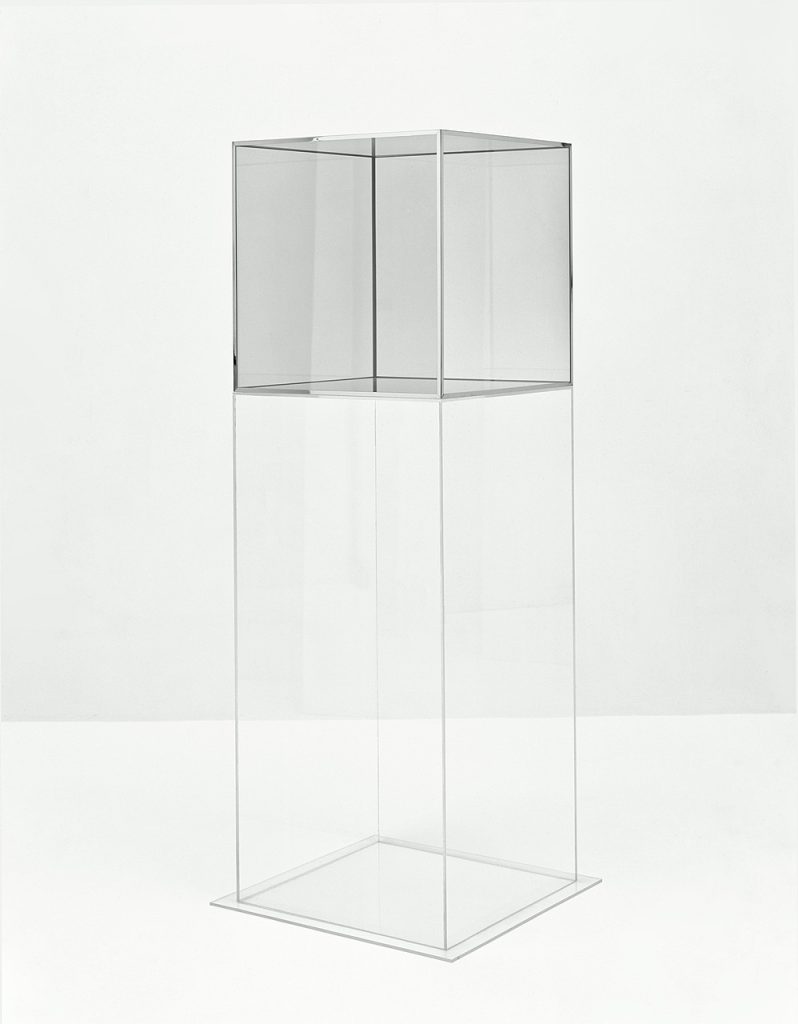
In essence, minimalism in visual arts serves as a profound testament to the power of simplicity, where every line, shape, and colour carries immense weight and significance. By stripping away excess and embracing the purity of form, numerous minimalist painting artists have invited viewers into a contemplative space where they can engage with art on a deeply personal level. Through its restraint and clarity, minimalism transcends the boundaries of style and era, resonating with timeless relevance and leaving an indelible mark on the canvas of artistic expression. In a world inundated with noise and complexity, minimalism stands as a beacon of clarity, offering solace and inspiration to all who seek to find beauty in the most elemental of forms.
Image Courtesy – Dans Le Gris
The Enigmatic World of Geometric Abstract Art: Deciphering Shapes, Lines, and Colors

Hi Ya’ll !!
I love writing about pop culture and all things queer.
Sub Editor at Abir Pothi

